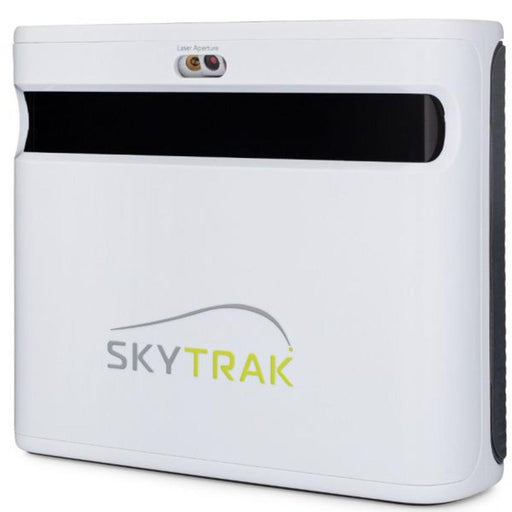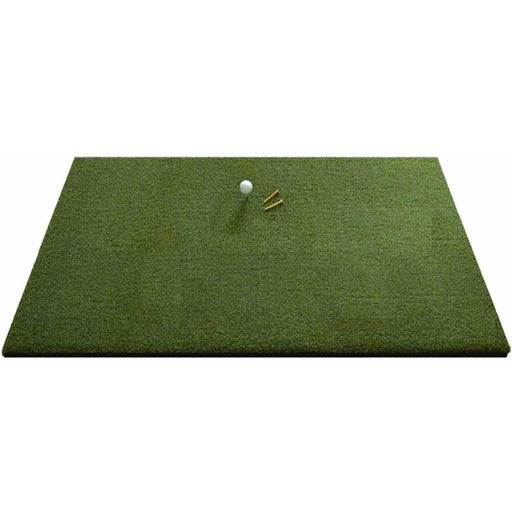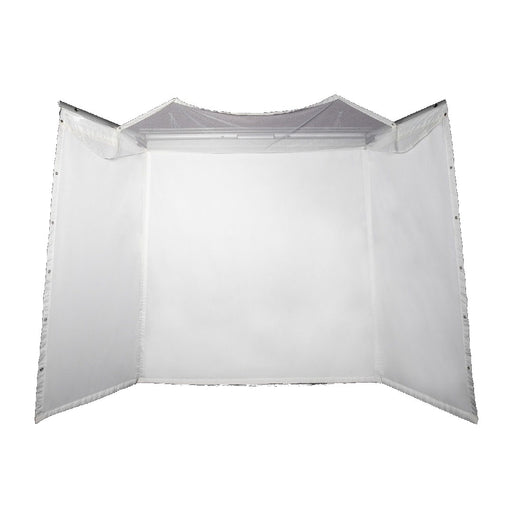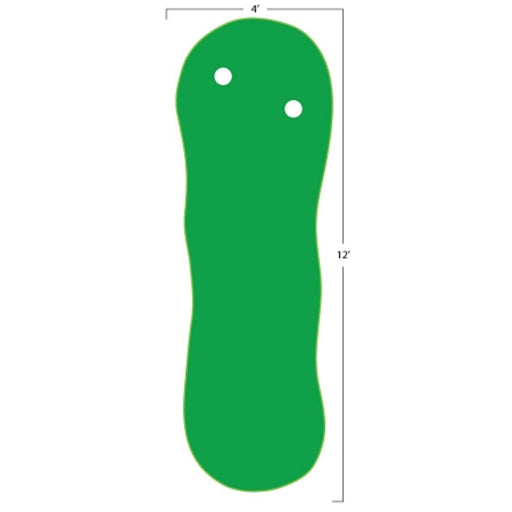Now through January 5th 15% OFF our very popular Vanish and Parlour Enclosures. Coupon code 15SWINGMASS

How Launch Monitors Revolutionize Your Golf Game
In the ever-evolving world of golf technology, launch monitors have emerged as game-changing tools that provide insights into your swing mechanics and ball flight like never before. These sophisticated devices have revolutionized how golfers analyze their performance, helping players of all skill levels fine-tune their swings and maximize their potential. In this article, we'll take a deep dive into the fascinating world of launch monitors, exploring their mechanics, capabilities, and the ways they can transform your golf game.
Understanding How Launch Monitors Work
At their core, launch monitors are highly specialized electronic devices designed to track and measure various aspects of a golf ball's flight and a golfer's swing. They employ a combination of sensors, cameras, radar, and other advanced technologies to capture data during every stage of a shot, from impact to landing.
Key Components of Launch Monitors:
- Radar Technology: Many launch monitors use radar systems to track the golf ball's trajectory and gather information on critical metrics such as ball speed, launch angle, and spin rate.
- Cameras and Optical Sensors: Some launch monitors utilize high-speed cameras and optical sensors to capture precise details of the ball's movement and behavior.
- Doppler Radar: Doppler radar technology is used to measure the frequency shift of the radar waves bounced off the moving golf ball. This information is then translated into various data points, including clubhead speed and ball speed.
- High-Speed Photography: Cameras capture images of the clubhead and ball at impact and throughout the swing, allowing for in-depth analysis of the swing mechanics.
Metrics Captured by Launch Monitors:
- Ball Speed: The speed of the golf ball as it leaves the clubface after impact.
- Launch Angle: The angle at which the ball takes off from the ground.
- Spin Rate: The rate at which the ball spins around its axis. Backspin can influence ball flight and distance.
- Carry Distance: The distance the ball travels through the air from impact to landing.
- Clubhead Speed: The speed of the clubhead at impact with the ball.
- Smash Factor: The efficiency of the transfer of energy from the clubhead to the ball.
Benefits of Using Launch Monitors:
- Data-Driven Analysis: Launch monitors provide precise and objective data, eliminating guesswork from swing analysis.
- Instant Feedback: Golfers receive immediate feedback on their shots, enabling real-time adjustments and improvements.
- Customization: Launch monitors help club fitters tailor equipment recommendations to a golfer's specific swing characteristics.
- Practice Precision: By understanding their numbers, golfers can focus on specific aspects of their game during practice sessions.
- Skill Improvement: Consistent use of launch monitors can lead to improved swing mechanics, distance control, and shot accuracy.
Unveiling the Secrets
Launch monitors have revolutionized golf training and performance analysis. By dissecting every aspect of your swing and ball flight, they empower you to make data-driven decisions and unlock your potential on the course. Whether you're a professional golfer aiming for precision or an amateur looking to refine your skills, launch monitors offer an unprecedented level of insight and feedback that can take your game to the next level. As technology continues to evolve, the accuracy and capabilities of these devices are only expected to improve, promising a more accurate and enlightening golfing experience in the years to come.
- Browse Launch Monitors

Have Questions About Golf Simulators?
Our expert team is here to help you find the perfect golf simulator for your needs.
Featured products
-
SkyTrak+
Original price $2,995.00 - Original price $3,145.00Original price$2,995.00 - $3,145.00$2,995.00 - $3,145.00Current price $2,995.00Introducing the SkyTrak+ Launch Monitor: Unmatched Accuracy and Advanced Features Experience a new level of precision and innovation with the SkyTr...
View full details -
ProTee Majestic Simulator Package
Original price $9,618.00 - Original price $13,848.00Original price$9,618.00 - $13,848.00$9,618.00 - $13,848.00Current price $9,618.00ProTee Majestic Golf Simulator Package: Elevate Your Indoor Golf Experience Transform your home or business into a golfer’s dream with the ProTee M...
View full details -
Eagle Golf Mat
Original price $370.00 - Original price $1,130.00Original price $370.00$370.00$370.00 - $1,130.00Current price $370.00Introducing the Eagle Golf Mat: The Ultimate Golf Experience Are you passionate about golf and demand nothing but the very best in your practice eq...
View full details -
Retractable HomeCourse® Golf ProScreen 180
Original price $2,299.00Original price $2,299.00 - Original price $2,299.00Original price $2,299.00Current price $1,999.00$1,999.00 - $1,999.00Current price $1,999.00HomeCourse® Golf ProScreen 180 HomeCourse® Golf ProScreen 180 is a retractable golf screen and enclosure. HomeCourse® Golf ProScreen 180's ballisti...
View full details -
The Augusta V2 4'x12' 2 Cups
Original price $399.00Original price $399.00 - Original price $399.00Original price $399.00Current price $329.00$329.00 - $329.00Current price $329.00The Augusta is one of Big Moss’ traditional models. It offers unmatched versatility for teaching and year round practice. Make a long-term investme...
View full details





